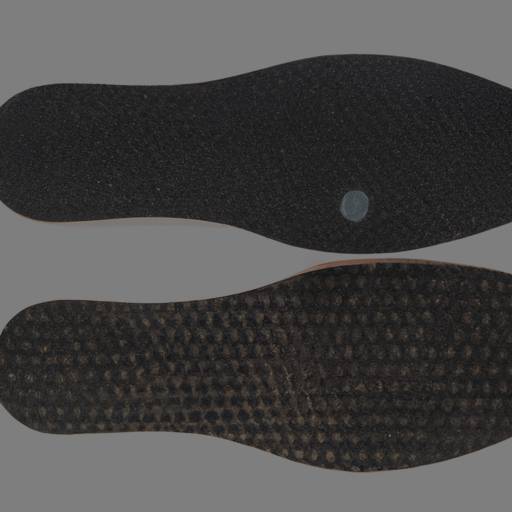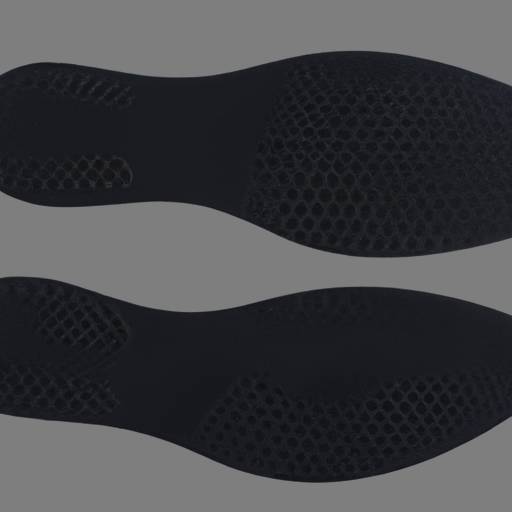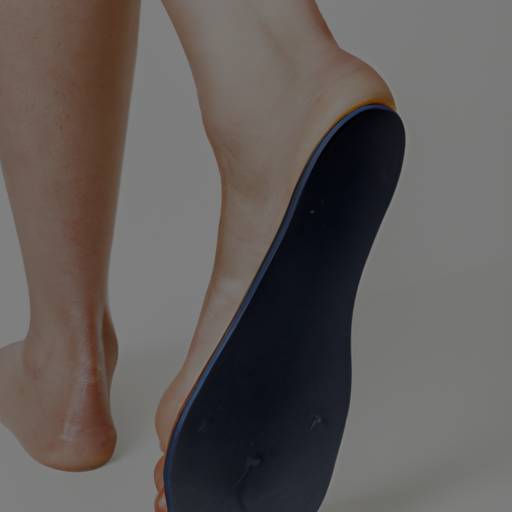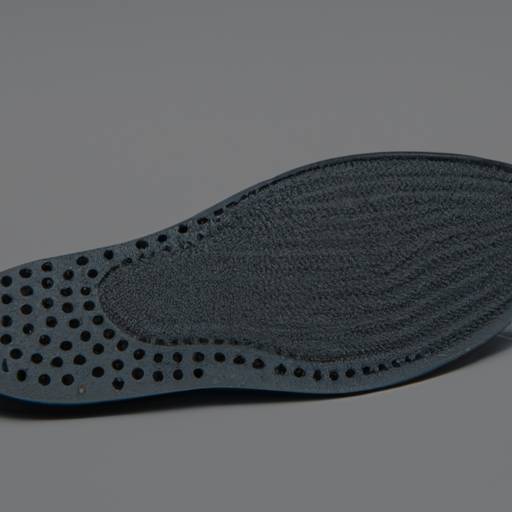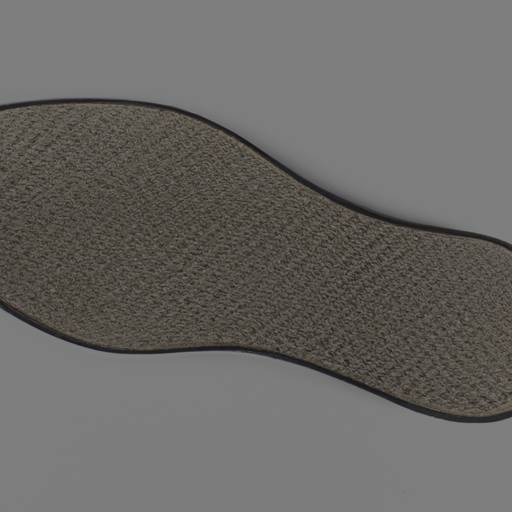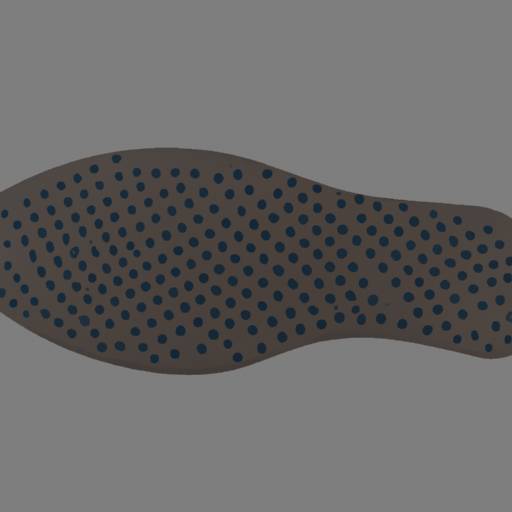Why Do Feet Hurt with Orthotics? Exploring Arch Support
The Role of Orthotics
Orthotics play a significant role in providing support and relief for individuals experiencing foot pain or discomfort. Let’s delve into understanding orthotics and how they provide arch support.
Understanding Orthotics and Insoles
Orthotics, also known as shoe inserts or insoles, are devices designed to support the feet and improve foot function. They are often used to address common foot conditions such as plantar fasciitis, flat feet, or high arches. Orthotics can be either custom-made by a podiatrist or purchased over-the-counter.
Orthotics come in various materials, including memory foam, gel, or rigid plastic. These materials help to provide cushioning, shock absorption, and stability to the feet. Memory foam insoles, for example, conform to the shape of the foot, providing customized support and comfort. To learn more about memory foam insoles, visit our article on memory foam insoles.
How Orthotics Provide Arch Support
One of the key functions of orthotics is to provide arch support. The arch of the foot is responsible for distributing body weight and absorbing shock during movement. However, certain conditions, such as flat feet or high arches, can disrupt this natural alignment, leading to foot pain and discomfort.
Orthotics address these issues by providing additional support to the arch of the foot. They help to maintain proper foot alignment, relieve pressure on certain areas, and reduce strain on the arch muscles and ligaments. This support allows for improved foot function and can alleviate foot pain caused by arch-related conditions.
Orthotics with rigid arch support, such as custom-made rigid orthotics, provide firm support to maintain the arch’s natural shape and prevent excessive pronation or supination. On the other hand, flexible orthotics offer a more cushioned support, ideal for individuals with mild arch issues.
It’s important to note that while orthotics can be beneficial for many individuals, they may cause initial discomfort during the break-in period as the feet adjust to the new support. This discomfort is temporary and should subside as the feet become accustomed to the orthotics. If the discomfort persists or worsens, it is advisable to seek professional advice.
Understanding the role of orthotics and how they provide arch support can help individuals make informed decisions when selecting the right orthotics for their specific foot needs. For more information on choosing the best arch support insoles, visit our article on best arch support insoles. Remember, it’s essential to consult with a healthcare professional or podiatrist to determine the most suitable orthotics for your individual foot condition.
Arch Support and Foot Pain
Understanding the relationship between arch support and foot pain is crucial for those seeking relief from discomfort. Foot pain can stem from various causes, and finding the right arch support can play a significant role in alleviating discomfort.
Common Causes of Foot Pain
Foot pain can have several causes, including:
- Plantar Fasciitis: This condition occurs when the plantar fascia, a thick band of tissue that supports the arch of the foot, becomes inflamed. It often leads to heel pain and stiffness.
- Flat Feet: Flat feet, also known as fallen arches, lack the natural arch support that helps distribute weight evenly across the feet. This can lead to pain and discomfort, particularly in the arch area.
- High Arches: Conversely, high arches can also cause foot pain. The excessive curvature of the arches can lead to improper weight distribution, resulting in strain on the feet and potential pain.
- Overpronation: Overpronation occurs when the feet roll inward excessively during walking or running. This can put stress on the arches and cause discomfort.
- Morton’s Neuroma: Morton’s neuroma is a condition characterized by the thickening of tissue around the nerves between the toes. It can cause sharp, burning pain in the ball of the foot.
The Relationship Between Arch Support and Foot Pain
Proper arch support is essential for maintaining the natural alignment of the feet and reducing the risk of pain and discomfort. Arch support helps distribute weight evenly across the feet, alleviating pressure on specific areas.
Insoles with adequate arch support can help address various foot conditions. For individuals with flat feet, arch support can help provide the necessary stability and cushioning. On the other hand, those with high arches may benefit from arch support that helps distribute weight more evenly and reduce strain.
It’s important to note that finding the right arch support is a personal process, as each individual’s feet and needs may vary. Some individuals may find relief with off-the-shelf insoles, while others may require custom-made orthotics. Consultation with a podiatrist or healthcare professional can provide valuable insights into the specific arch support needs for your feet.
By understanding the common causes of foot pain and the role of arch support in alleviating discomfort, individuals can make informed decisions about the best solutions for their specific needs. Remember to consider factors such as shoe fit, comfort, and the recommendations of healthcare professionals when selecting arch support options.
Adjusting to Orthotics
When you first start wearing orthotics, it’s common to experience some initial discomfort and a break-in period. This is because your feet need time to adjust to the new support provided by the orthotics. Understanding this adjustment period and common issues that may arise can help you navigate the transition more smoothly.
Initial Discomfort and Break-in Period
During the initial days of wearing orthotics, you may feel some discomfort or soreness. This is normal and can be attributed to the realignment of your feet and the redistribution of pressure. It’s important to remember that this discomfort is temporary and should subside as your feet get accustomed to the orthotics.
To ease the break-in period, start by gradually increasing the amount of time you wear the orthotics each day. Begin with shorter periods and gradually extend the duration over several days or weeks. This gradual approach allows your feet to adapt to the new support without overwhelming them.
Common Issues and Solutions
While adjusting to orthotics, you may encounter some common issues. Here are a few examples and possible solutions:
- Arch Discomfort: If you experience discomfort in your arches, it could be due to improper support or a misalignment of the orthotics. Ensure that the arch support is in the correct position and that the orthotics are inserted snugly into your shoes. If the discomfort persists, consult with a healthcare professional to assess the fit and alignment of your orthotics.
- Foot Fatigue: Some individuals may initially feel an increase in foot fatigue as their muscles adjust to the changes in support. This is temporary and should improve over time. Gradually increase the duration of wear and give your feet time to strengthen and adapt to the orthotics.
- Shoe Fit: Orthotics may take up additional space in your shoes, which can cause a tighter fit. To accommodate the orthotics, you may need to select shoes with a slightly larger size or a deeper toe box. This allows for proper fit and comfort without adding unnecessary pressure.
Remember, if you experience persistent pain, discomfort, or any other concerns while wearing orthotics, it’s important to consult with a healthcare professional. They can assess your specific needs and make adjustments to ensure that your orthotics provide the right support for your feet.
In the next section, we will explore considerations for choosing the right arch support based on different foot types.
Choosing the Right Arch Support
When it comes to selecting the right arch support for your feet, it’s important to consider your specific arch type. The arch of your foot plays a significant role in determining the level of support and cushioning you need. Here, we’ll explore the arch support options for high arches, flat feet, and neutral arches.
High Arches
High arches, also known as pes cavus, are characterized by an elevated arch that doesn’t provide enough natural shock absorption. Individuals with high arches often experience foot pain, instability, and a tendency for their feet to roll outward. To address these issues, arch support insoles designed specifically for high arches can be beneficial.
Arch support insoles for high arches typically feature a rigid arch support that helps distribute weight more evenly across the foot. These insoles provide cushioning and support to the arch, reducing the strain on the foot’s ligaments and tendons. They also help stabilize the foot and promote proper alignment, alleviating pain and discomfort associated with high arches.
Flat Feet
Flat feet, or fallen arches, occur when the arches of the feet collapse, causing the entire sole to come into contact with the ground. This can lead to overpronation, where the feet roll inward excessively. People with flat feet often experience foot and leg pain, as well as instability. Arch support insoles designed for flat feet can help provide the necessary support and alignment.
Insoles for flat feet typically feature a pronounced arch support that helps lift and support the fallen arch. This helps to stabilize the foot, reduce overpronation, and alleviate associated discomfort. Additionally, these insoles often provide cushioning and shock absorption to enhance overall comfort and reduce strain on the feet and lower limbs.
Neutral Arches
For individuals with neutral arches, there is a natural balance between the arch and the rest of the foot. While neutral arches generally provide adequate support, it’s still essential to ensure proper cushioning and alignment. Insoles with moderate arch support and cushioning can help maintain the natural alignment and provide additional comfort.
Arch support insoles for neutral arches typically offer a balance between support and cushioning. They help distribute the body weight evenly, absorb impact, and provide added stability during movement. These insoles can be beneficial for those who want to enhance the overall comfort and support of their footwear.
By selecting the right arch support for your specific arch type, you can effectively address any discomfort or pain associated with your feet. Remember to consider your individual needs and consult with a healthcare professional or podiatrist if you have any concerns.
Tips for Finding Relief
When experiencing discomfort or pain with orthotics, there are several strategies you can try to find the relief you need. Here are some helpful tips to consider:
Gradual Transition and Adjustment
It’s important to understand that the transition to wearing orthotics may require some time for your feet to adjust. Start by wearing them for shorter periods of time and gradually increase the duration as your feet become accustomed to the support. This gradual approach allows your muscles, tendons, and ligaments to adapt to the changes.
During the adjustment period, you may experience some initial discomfort, particularly in the arch area. This discomfort is often temporary and should subside as your feet get used to the orthotics. If the discomfort persists or becomes unbearable, it’s advisable to seek professional advice from a podiatrist or orthopedic specialist.
Proper Fit and Sizing
Ensuring that your orthotics fit properly is crucial for both comfort and effectiveness. Ill-fitting orthotics can cause additional foot pain and discomfort. When selecting orthotics, follow the manufacturer’s sizing guide and consider seeking professional assistance, if needed, to ensure the right fit.
It’s worth noting that orthotics may not fit perfectly in all types of shoes. Certain styles, such as high heels or very narrow shoes, may not accommodate the full size or shape of the orthotic. In such cases, it may be necessary to choose shoes with a wider toe box or consult with a specialist to explore alternative solutions.
Seeking Professional Advice if Needed
If you have followed the adjustment period and have ensured proper fit and sizing, but still experience significant discomfort with your orthotics, it may be beneficial to seek professional advice. A podiatrist or orthopedic specialist can evaluate your specific condition, assess the fit of your orthotics, and provide personalized recommendations to address your discomfort.
Remember that everyone’s feet are unique, and what works for one person may not work for another. Seeking professional guidance can help you identify any underlying issues or determine if a different type of orthotic or treatment approach may be more suitable for your needs.
By following these tips, you can increase your chances of finding relief from foot pain and discomfort associated with orthotics. Remember to be patient during the adjustment period, prioritize proper fit and sizing, and don’t hesitate to seek professional advice if needed. Your comfort and foot health are important, and with the right approach, you can find the relief you’re looking for.

